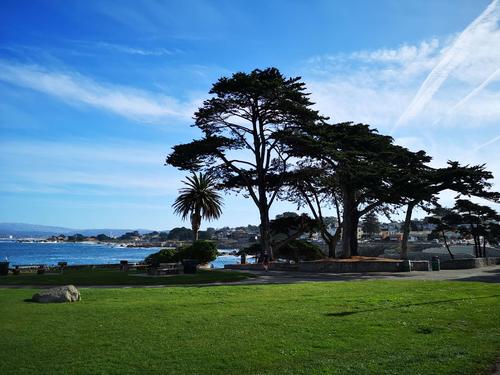Exploring the Beauty and Significance of Traditional Cultural Landscape
Cultural landscapes refer to the combined works of culturally diverse communities that can be recognized as the “combined work of nature and man” as defined by UNESCO. These landscapes include tangible and intangible cultural heritage that are significant to the community’s history.
The Importance of Preserving Traditional Cultural Landscapes
Traditional cultural landscapes are of immense significance to respective communities as they provide a sense of place, identity, and continuity. The landscapes play a crucial role in education, spiritual, and cultural sustenance, providing a context in which to understand and appreciate the traditions passed between generations.
Additionally, traditional cultural landscapes offer ecological benefits, including preserving biodiversity and maintaining water quality. They play vital roles in supporting pollination, regulating temperatures, and maintaining soil quality.
Examples of Traditional Cultural Landscape
One example of a traditional cultural landscape is the rice terraces in Bali, Indonesia. The rice terrace system, known as subak, is a complex and sophisticated irrigation system that dates back to the 9th century. These terraces have been inscribed on the UNESCO World Heritage list since 2012, acknowledging not only their cultural but also their ecological significance.
Similarly, the Dazu Rock Carvings in China, dating back to the 7th century AD, depict traditional Chinese culture and religious beliefs and are also listed as a UNESCO World Heritage site.
Challenges of Preserving Traditional Cultural Landscapes
Traditional cultural landscapes are under threat from several factors, including urbanization, modernization, and commercialization. The lack of legal protection and poor management systems also threaten the preservation of these landscapes.
Furthermore, natural disasters such as earthquakes, floods, and wildfires can also destroy traditional cultural landscapes, leading to a loss of significance and identity.
The Way Forward in Preserving Traditional Cultural Landscapes
The first step in preserving traditional cultural landscapes is recognizing the importance of these landscapes to the respective communities. Efforts should then be made to incorporate traditional knowledge into the management and conservation of these landscapes.
Secondly, relevant stakeholders, including governments and NGOs, should develop legal frameworks that protect traditional cultural landscapes and provide management structures to preserve them.
Finally, there should be a concerted effort to raise awareness about the significance of traditional cultural landscapes and the need to preserve them.
Conclusion
Traditional cultural landscapes are a rich source of history and identity and are of immense ecological significance. Preserving these landscapes requires a recognition of their significance and concerted effort from all stakeholders.
(Note: Do you have knowledge or insights to share? Unlock new opportunities and expand your reach by joining our authors team. Click Registration to join us and share your expertise with our readers.)
Speech tips:
Please note that any statements involving politics will not be approved.
